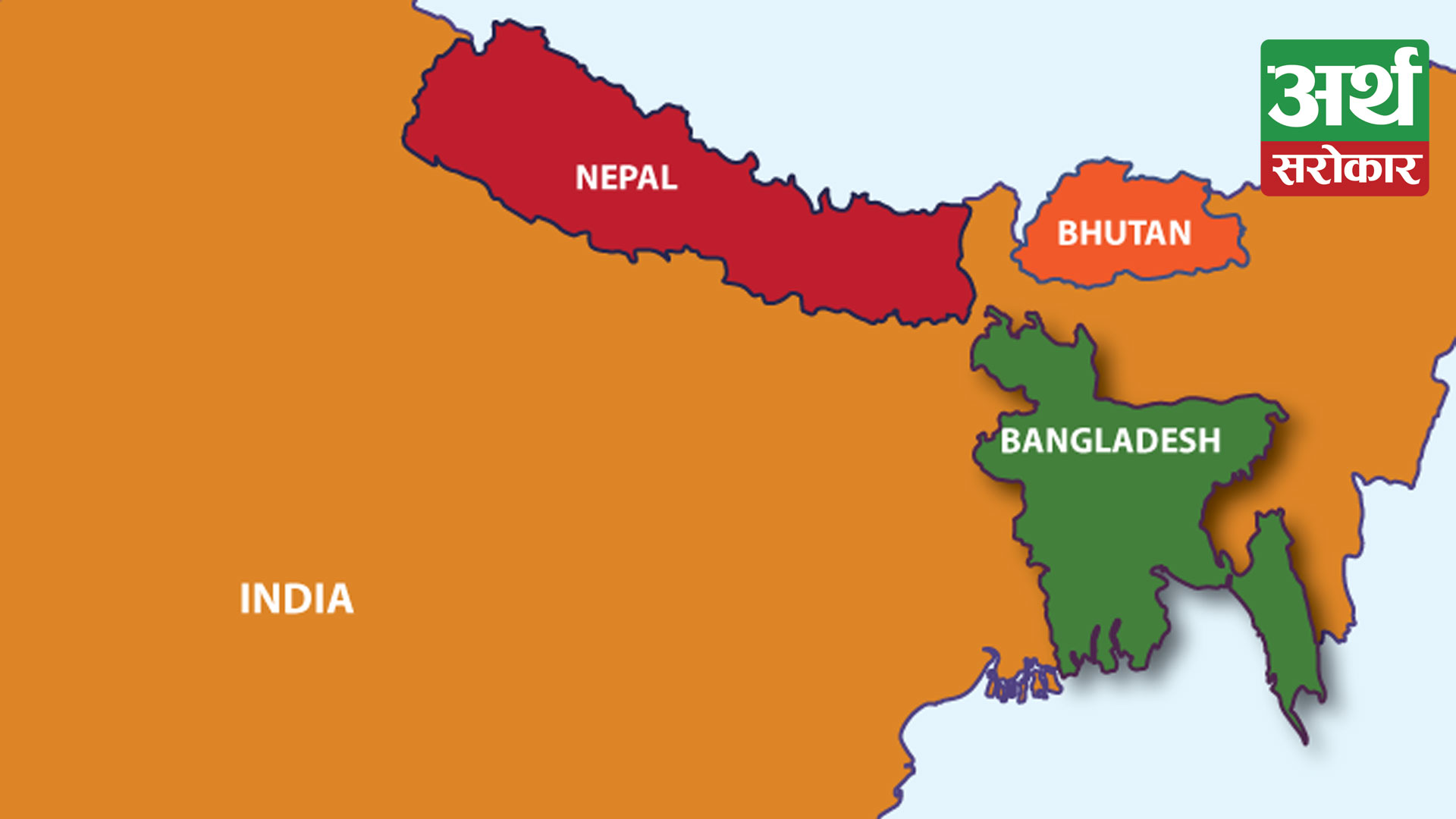A projection based on the actual growth rate in GDP achieved by the BBIN countries over 10-year periods forecasts the combined GDP value of BBIN region would more than double in 2035 and reach a level of US$6.2 (trillion) tn in 2030 and further to US$8.3tn in 2035, from US$3.6tn in 2021.
‘The political consensus in the subregion, among concerned nations and stakeholders, is imperative to strengthen connectivity in the subregion and transform the transport corridors into economic corridors,’ says a report titled “Multimodal Connectivity for Shared Prosperity: Towards Facilitating Trade in the BBIN Subregion” that was published as a part of the CUTS project entitled, ‘Enabling a Political Economy Discourse for Multimodal Connectivity- in the BBIN (Bangladesh, Bhutan, India, Nepal) Subregion (MConnect).
Implications of lack of a political will could be huge for the participating countries in the regional connectivity initiatives. ‘In the BBIN subregion, one such implication is the member countries’ inability to implement BBIN Motor Vehicles Agreement (MVA), signed in June 2015, to facilitate the seamless movement of cargo. The agreement is expected to enhance intra-regional trade, bring efficiency to trade logistics, and reduce trade costs. In April 2017, Bhutan pulled out of the MVA due to a lack of consensus among the stakeholders and the apprehensions flagged by them,’ the report says.
“It has also been observed that non-tariff barriers and inefficient trade practices due to limited political consensus increase the cost of trading, which, in turn, raises the prices of goods (including essential goods) or even results in the unavailability of goods in certain regions. This induces people to indulge in informal trade, which not only creates a loss of revenue for respective governments but also endangers border security,” it says.
Citing the instance of no formal connectivity between Mizoram and Bangladesh but due to cultural ties between the residents on both sides, complementarities in demand, remoteness of the border areas, unavailability of all-weather roads, and absence of formal trade points, border residents have opted to trade through informal routes to ensure food security for themselves. The Bay of Bengal Initiative for Multi-Sectoral Technical and Economic Cooperation (BIMSTEC) Master Plan further corroborates the argument on the need for political consensus for Transport Connectivity. The Master Plan mentions political will and commitment on the part of the member states, demonstrated by cooperation between and among participating states, as one of the critical success factors for connectivity initiatives.
Various agreements have been proposed (BBIN railway agreement), and signed (such as PIWTT, BBIN MVA, and India-Bangladesh coastal shipping agreements); varied infrastructure has been built to promote and strengthen multimodal connectivity subregion, but there is still a long way to go.
A few prime reasons are poor inter-linkages between modes; rent-seeking activities; poor coordination among agencies; lack of political consensus both inter-country and intra-country; primitive trade practices; absence of required infrastructure; less reliance on automation and mechanisation; and lack of harmonisation of rules, practices, standards and policies among the BBIN countries.
“One of the major challenges to better integration and political consensus in the BBIN subregion is power asymmetry due to their sizes, geographical location and other factors. Smaller countries such as Bhutan and Nepal often consider increased intra-regional trade as increasing dominance and greater dependence on larger economies such as India. In this subregion, other countries have a significant trade deficit with India. Moreover, perceived unequal gains among the nations from any initiative often limit cooperation among them,” it says






